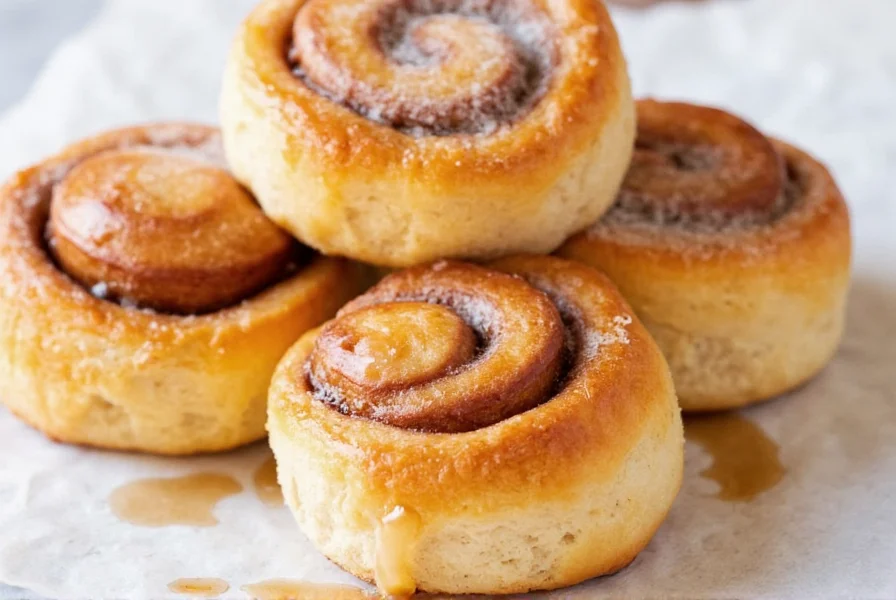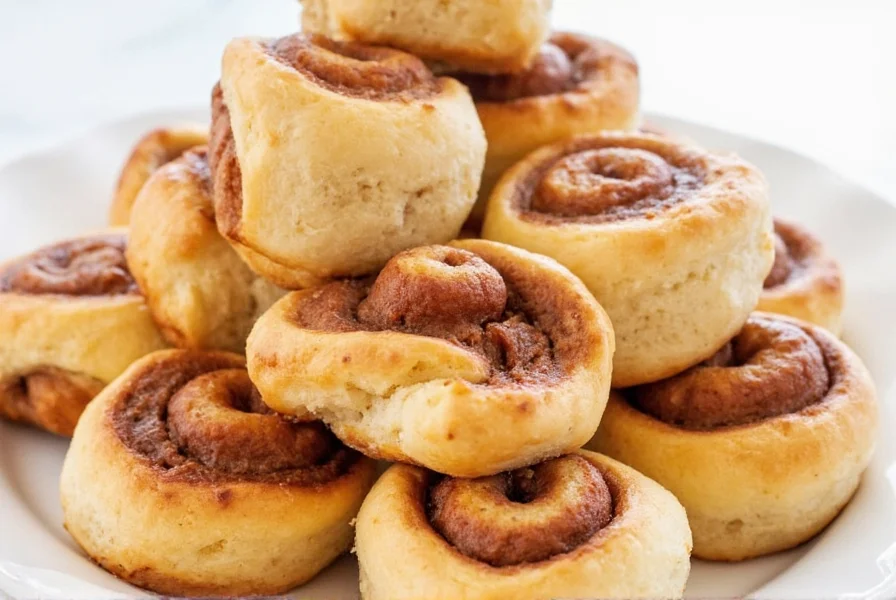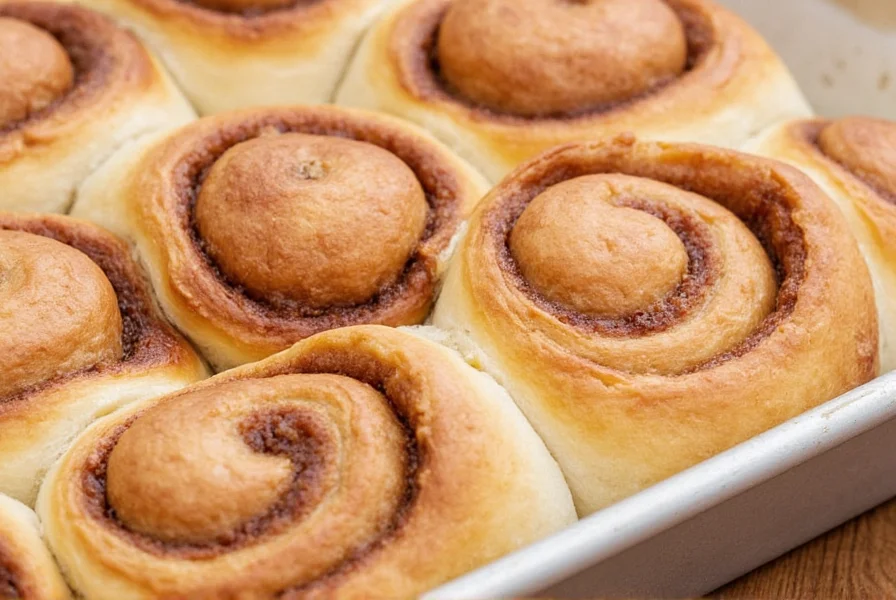The key to immaculate cinnamon rolls lies in precise ingredient ratios, proper yeast activation, and controlled dough temperature—resulting in light, fluffy rolls with perfectly defined swirls and balanced sweetness that never turn out dense or dry.
Nothing compares to the aroma of freshly baked cinnamon rolls filling your kitchen. Yet achieving truly immaculate cinnamon rolls—those with cloud-like texture, consistent swirls, and just the right sweetness—requires more than just following a standard recipe. After decades of perfecting this classic treat, we've identified the exact techniques that transform ordinary cinnamon rolls into extraordinary ones.
The Science Behind Perfect Cinnamon Rolls
Understanding the chemistry of dough development is crucial for flawless homemade cinnamon rolls. The magic happens through three critical phases:
| Phase | Temperature Range | Key Transformation |
|---|---|---|
| Mixing | 70-75°F (21-24°C) | Gluten development begins without overworking |
| First Rise | 78-82°F (25-28°C) | Yeast produces optimal gas without souring |
| Baking | 350°F (177°C) | Steam creation lifts rolls while setting structure |
Temperature control separates professional-quality cinnamon rolls from disappointing results. Dough warmer than 85°F (29°C) causes yeast to work too quickly, producing off-flavors. Cooler than 70°F (21°C) slows fermentation, resulting in dense rolls.
Step-by-Step Guide to Immaculate Cinnamon Rolls
Essential Ingredients for Perfect Results
Measure ingredients precisely using a kitchen scale for consistent cinnamon roll results:
- 3 1/4 cups (410g) bread flour (not all-purpose)
- 1/4 cup (50g) granulated sugar
- 2 1/4 tsp (7g) instant yeast
- 1/2 cup (113g) unsalted butter, melted and cooled
- 1/2 cup (120ml) whole milk, warmed to 110°F (43°C)
- 2 large eggs, room temperature
The Filling That Makes All the Difference
For perfectly swirled cinnamon rolls that don't leak during baking:
- 1/2 cup (113g) softened butter (not melted)
- 3/4 cup (165g) dark brown sugar, packed
- 3 tbsp (27g) cinnamon (Ceylon preferred)
- 1/4 tsp salt
- 1 tbsp (8g) cornstarch (prevents filling leakage)

Critical Technique: The Lamination Method
Most home bakers skip this professional technique that ensures immaculate cinnamon roll swirls:
- Roll dough to 18x12 inch rectangle with consistent 1/4 inch thickness
- Spread filling evenly, leaving 1/2 inch border at far edge
- Starting at near edge, roll tightly while applying even pressure
- Pinch seam to seal, then use unflavored dental floss to cut rolls
- Place rolls in buttered pan with 1/2 inch between each
Using dental floss instead of a knife prevents squishing the delicate rolls—a technique used by artisan cinnamon roll bakers for clean cuts.
Troubleshooting Common Cinnamon Roll Problems
Even experienced bakers encounter issues. Here's how to fix them for perfect cinnamon rolls every time:
| Problem | Root Cause | Solution |
|---|---|---|
| Dense texture | Overworked dough or cold ingredients | Use bread flour, maintain proper temperature, don't over-knead |
| Filling leakage | Liquid butter or uneven rolling | Use softened (not melted) butter, add cornstarch to filling |
| Uneven rising | Inconsistent dough temperature | Proof in draft-free area at exactly 80°F (27°C) |
Pro Tips for Consistently Immaculate Results
Implement these professional cinnamon roll techniques for bakery-quality results at home:
- The overnight method: Refrigerate shaped rolls for 12-18 hours, then bake straight from fridge for more complex flavor
- Steam injection: Place oven-safe dish of water on bottom rack during baking for improved rise
- Temperature verification: Use instant-read thermometer to confirm dough reaches exactly 190°F (88°C) internally
- Cooling protocol: Wait exactly 15 minutes before applying icing to prevent melting

Why Most Cinnamon Roll Recipes Fail
Standard recipes often miss these critical elements that determine truly immaculate cinnamon rolls:
- Flour protein content: Bread flour (12-14% protein) creates better structure than all-purpose flour
- Yeast activation: Instant yeast requires no proofing but needs proper liquid temperature
- Sugar balance: Too much sugar inhibits yeast; the ideal ratio is 8% of flour weight
- Rolling tension: Consistent pressure creates uniform swirls without tearing
Mastering these elements transforms your homemade cinnamon rolls from good to impeccable. The difference lies not in complicated techniques, but in understanding the precise conditions that allow simple ingredients to reach their full potential.











 浙公网安备
33010002000092号
浙公网安备
33010002000092号 浙B2-20120091-4
浙B2-20120091-4